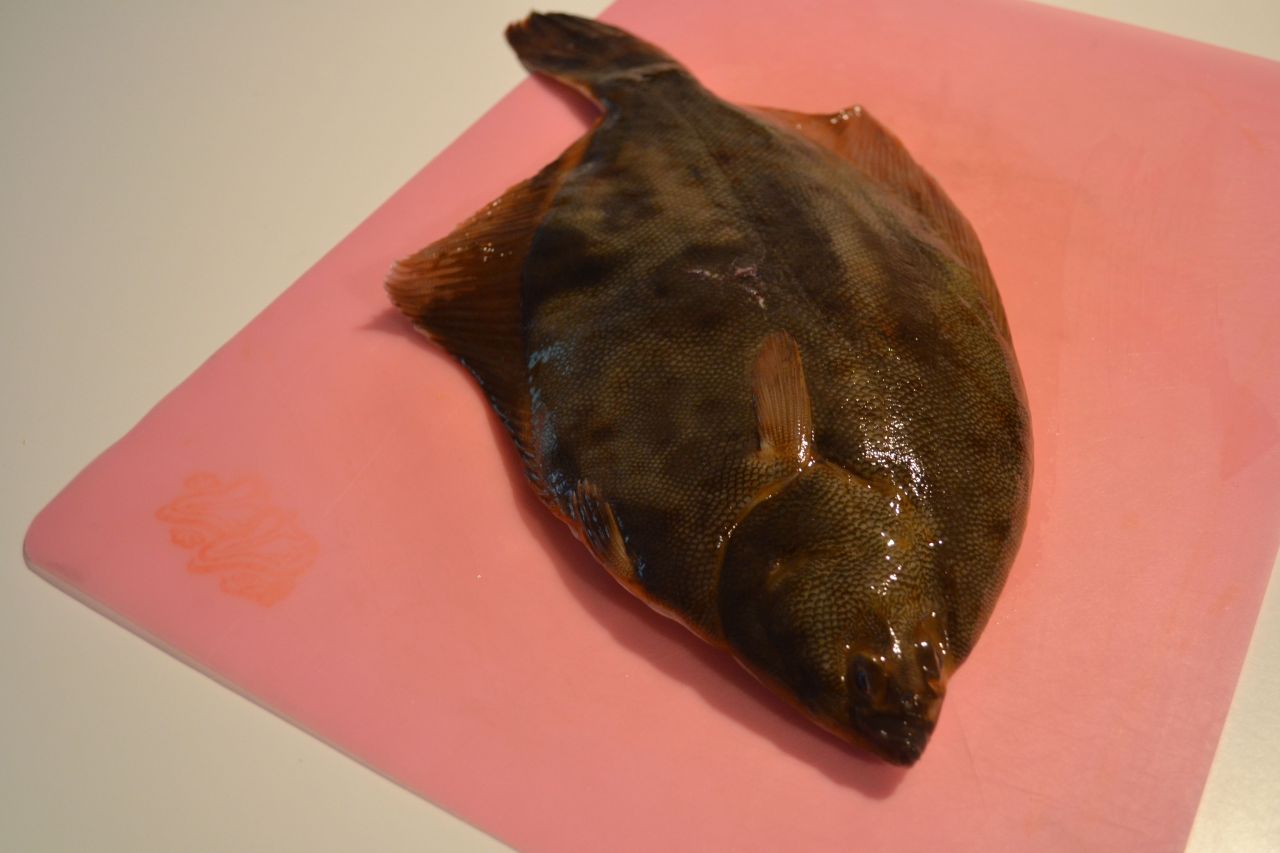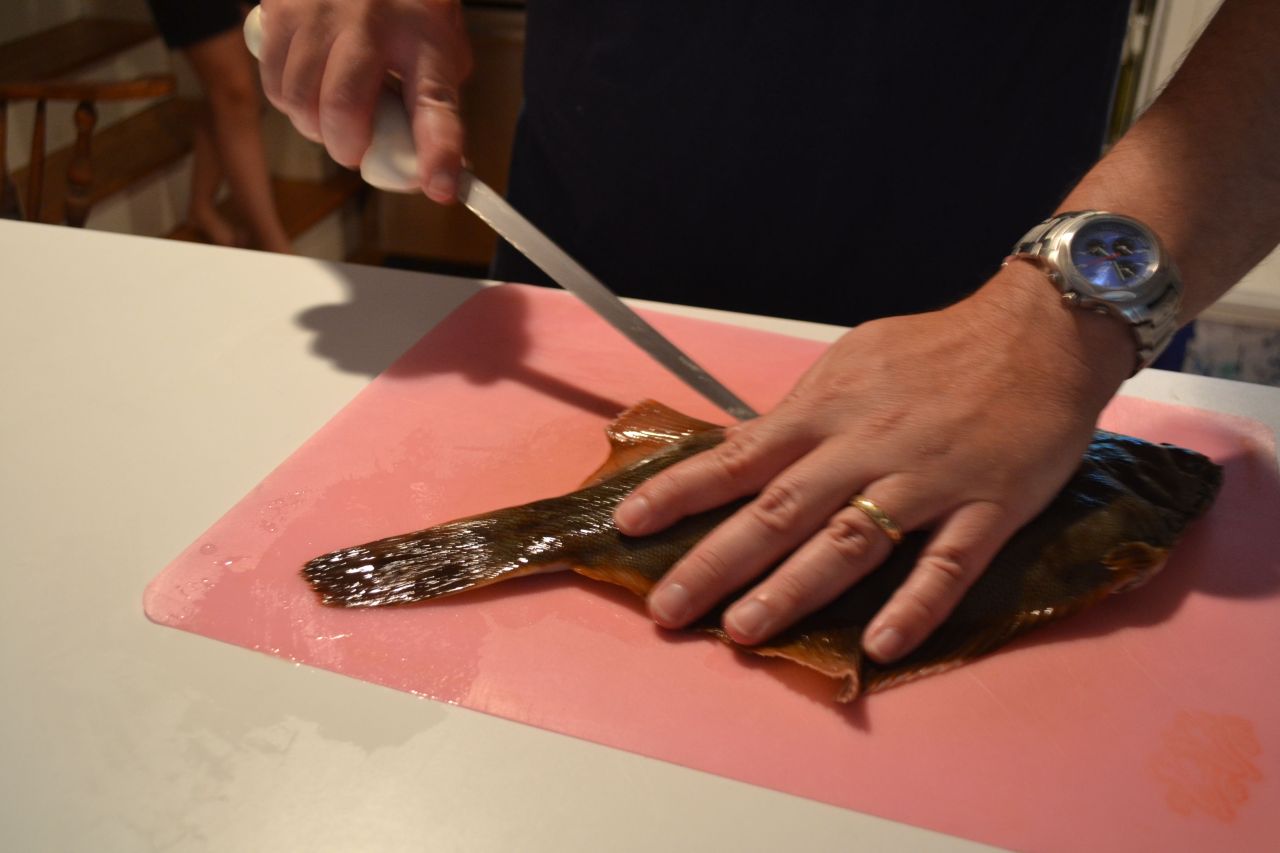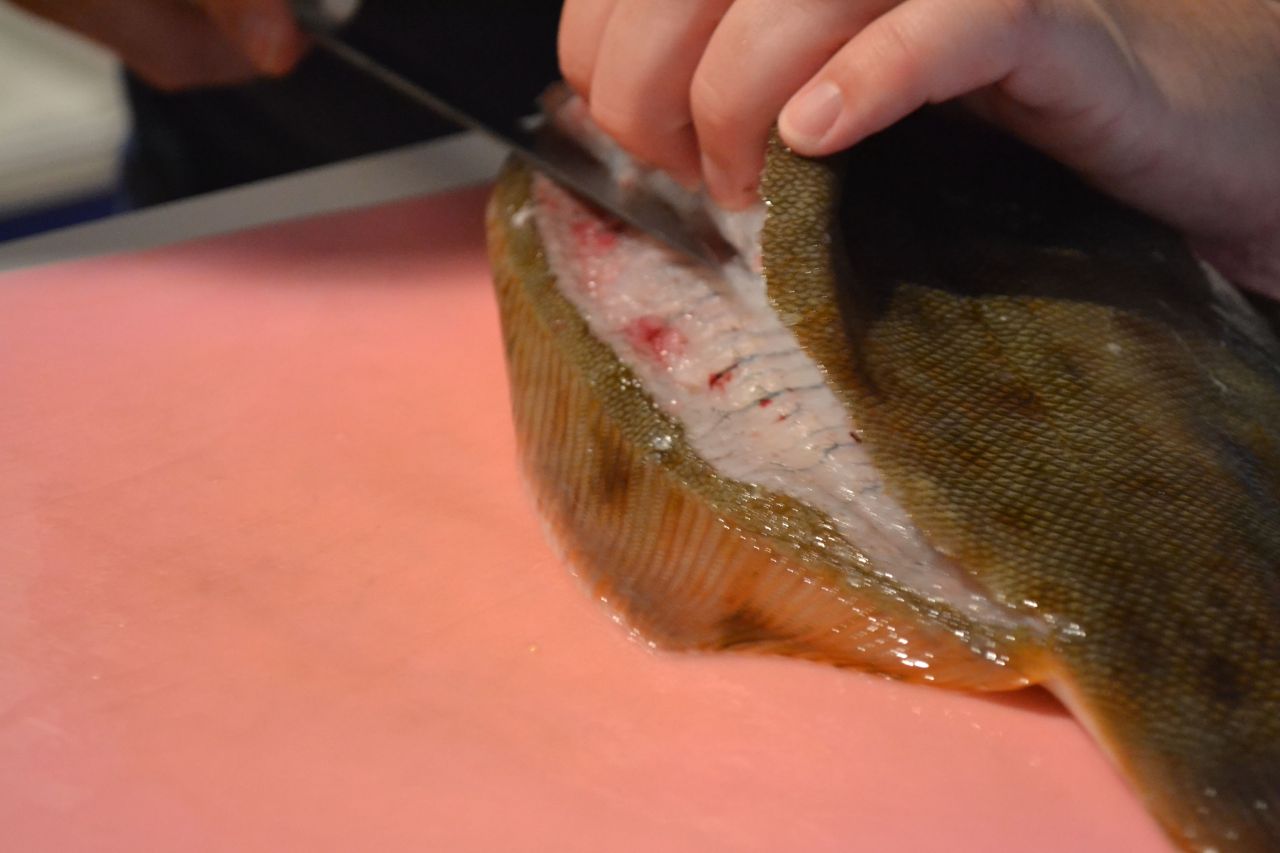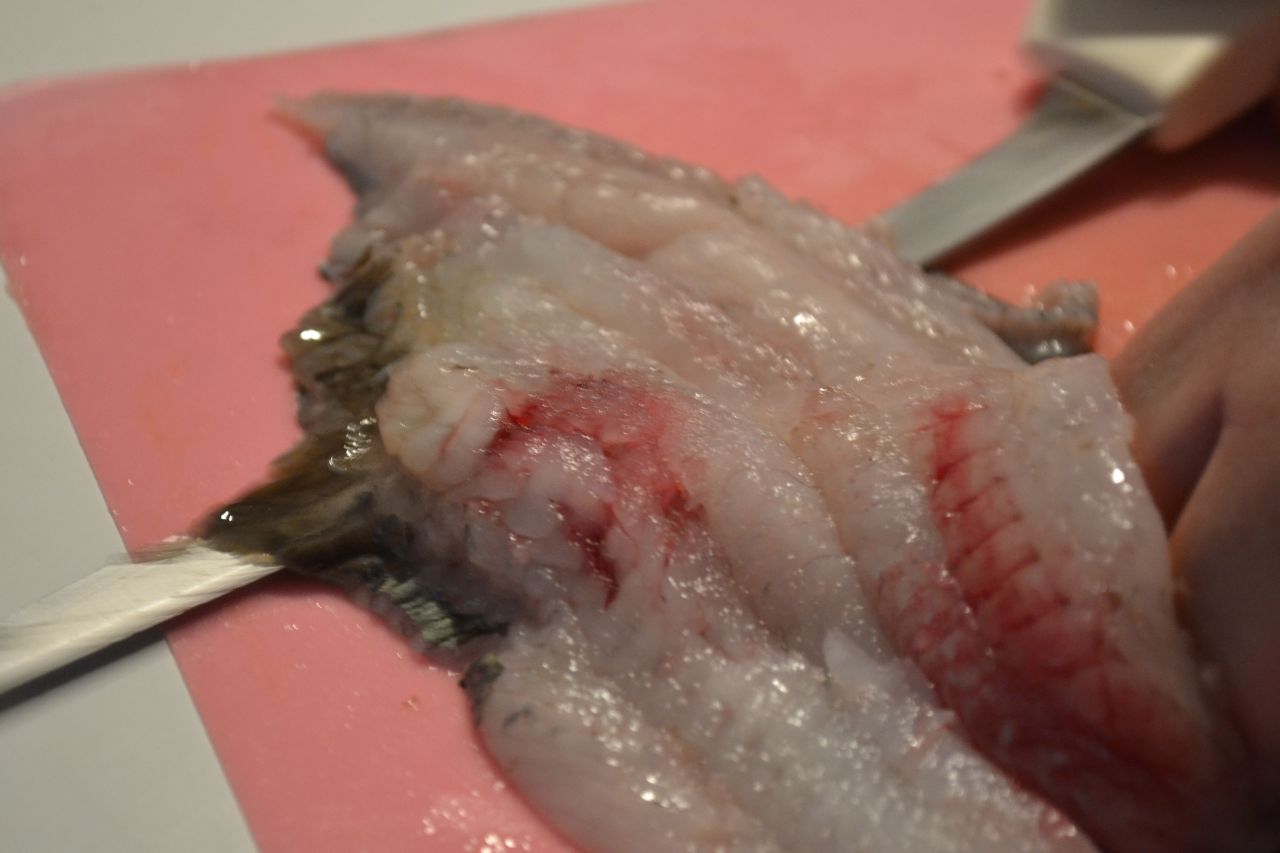I got a desperate string of emails this past week from a couple of my SOSSEXI (South Shore Seafood Exchange) friends and fellow CSF (community supported fishery) shareholders asking if something had gone horribly wrong with the fish they received last Friday. You see, a couple of them had opened up their packages of flounder, ready to whip up a culinary masterpiece, and lo and behold–to their absolute disgust–they had found a small, blackish-grey worm or two in their fillets. Had this been my Mom, who is absolutely not a fisherman, she would have tossed the fish out immediately and said something like “that would gag a maggot!” as she speed-dialed the local pizzeria.

But hold on a minute. We’re in this CSF thing because we want fresh, local, sustainable fish. We’re like CSA (community supported agriculture) shareholders who are one step away from being farmers, except we’re one step away from being fishermen. This is nature, people. This is not much different from the CSA shareholders getting their bag of veggies with some dirt still on them, maybe a cabbage worm still munching on one of the kale leaves, or a feather or dirt still encrusted on the eggshells in your egg carton.
Cod and Herring Worms
As a lifelong recreational fisherman, the “cod worm,” (Phocanema decipiens) and the “herring worm,” (Anisakis simplex) are something I am very familiar with. The intimate involvement of catching, cleaning, and filleting your own fish takes away all the mystery; but I can sympathize with someone who simply loves fish, heads to a reputable fish market and comes home only to discover a worm on the fillets. To remove the mystery, let’s discuss these two “worms”, or nematodes, that are often present in fish such as cod, flounder, hake, pollock, and haddock, as well as whiting and mackerel.
So Many Seals
These nematodes’ life cycle begins in the stomach of marine mammals, most especially the grey seal found in the Northeast. Eggs pass from the seal to the ocean floor where they are consumed by crustaceans, most often shrimp. The shrimp is a major food source to the cod and flounder we love to eat, and as they consume the shrimp, they consume the nematodes. The cod and herring worms can burrow from the stomach of the fish into their fillets. The life cycle of the nematodes is closed when a seal then eats the infected cod or flounder.
Too much detail? I know, it’s a little gross, but let me tell you, this life cycle has been going on as long as there have been seals, shrimp, and fish. You just didn’t know about it. So now let me tell you how the fish processor and fish market shield you from this less-than-savory side of eating fish.
When the fishermen bring their cod, haddock, flounder, etc to the processor, the fish fillets go through a process called “candling.” The translucent fillets are placed over a candling table, which is a glass surface illuminated from below with white, fluorescent lights. Worms show up as dark shadows and are quickly disposed of with tweezers or the tip of a knife.
As with any quality control process, some worms are going to slip by the processor. My husband worked all through high school at a highly respected fish market called “Hills Seafood” on the Main Line outside Philadelphia, and he distinctly remembers holding fillets from the processor up to the light to detect any stray cod worms. He would dispatch them with a sharp knife tip, then place the fillets in the case for sale to the public. The fishmonger is probably the last line of defense to protect and shield the public, although even then, some worms may get by. They are unsightly and consumers naturally object to their presence.
Worms And Sushi
The good news is that the worms are relatively harmless if consumed unknowingly by the public. Cooking a fillet for only 1 minute at 140 degrees will kill any worms, and if you freeze your fish for 60 hours, all worms will be killed. A brief note, though, is that consuming raw fish of these species may open your stomach up to a variety of nauseous and vile ailments if these worms are present. I’d probably stick to the tuna sushi and forgo the cod, but that’s just me.
When I talked to one of our own fishermen, Frank Mirarchi, he said the fish processors have seen an increase in the number of worms in fish recently, and that it has resulted in an expenditure of “an enormous amount of labor removing these parasites from fish.” The thought is that the booming increase in the seal population has naturally lead to an increase in the cod and herring worms. If you walked down the beaches of Monomoy as I have, ten years ago you would have seen a handful of seals and probably said, “Wow. That’s neat.” If you walk those same beaches today, there are thousands of seals lolling around, and it’s not so fascinating. Food for thought next time you hear the cry to save the seal, but that’s another discussion.
As shareholders, we need to be prepared for the possibility we may find a worm or two in our fillets. Their presence is a natural occurrence and by no means indicates we are getting a spoiled, unsanitary or un-fresh product. As a shareholder, you are now a part of the process. Don’t be afraid. As I cleaned and de-veined a couple of pounds of shrimp for shrimp cocktail last week, as I am sure many of you have done before, I realized this was a good example of how we as eaters participate in preparing our food and removing something unsightly and unsavory. If you can do that, you can make quick work out of a cod worm or two!
Submitted by Kathleen Wright











